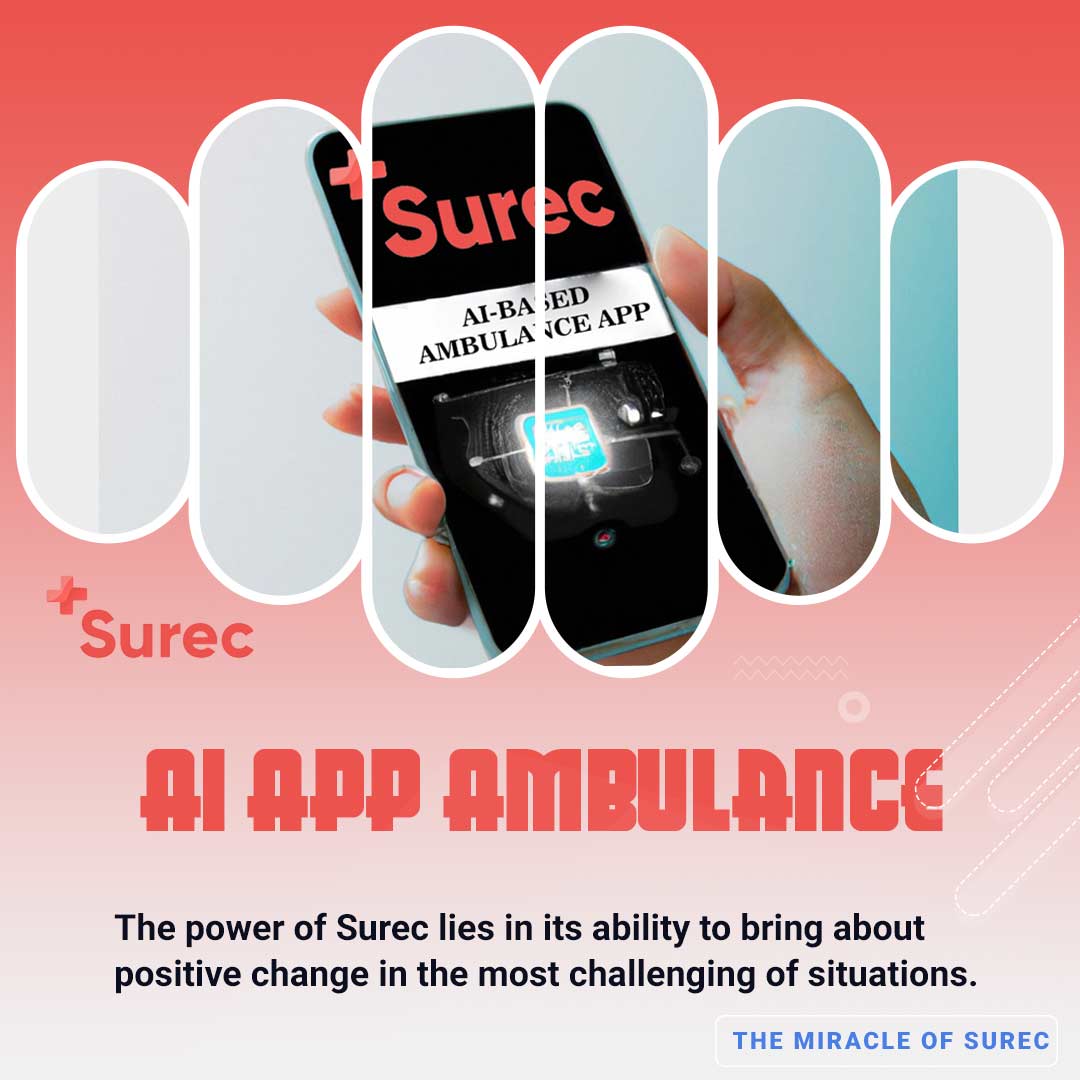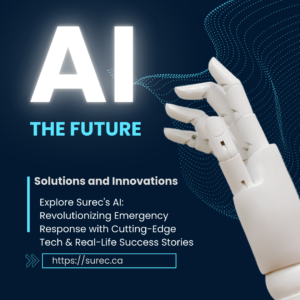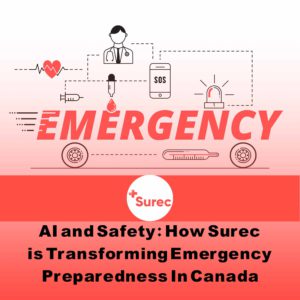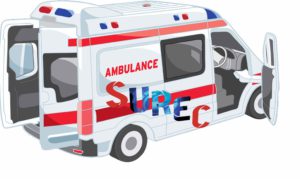Effective deployment of AI-driven ambulance transport requires accurate timing management to ensure the patient receives timely medical attention. AI can help optimize the timing of ambulance transport by predicting the time of arrival at the patient’s location. This is done by taking into account traffic conditions, road closures, and other factors that can affect the ambulance’s route. This allows for more efficient deployment of resources and a higher chance of successful patient care.
Another part of artificial intelligence is helping paramedics at the scene of an accident where an injured needs quick treatment. AI can take into account the severity of the injury, the patient’s medical history, and the availability of medical equipment to determine the best course of action.
What does AI do in an ambulance?
AI can help medical professionals make faster and more accurate diagnoses and treatments. It can also be used to analyze data from medical records to predict patient outcomes and recommend treatments. Additionally, AI can be used to monitor vital signs and alert medical staff if a patient’s condition changes.
In contrast to popular belief, artificial intelligence (AI) refers to a large array of unique approaches, methods, and technologies that, in varying degrees and circumstances, exhibit intelligent behaviour (such as logical thinking, problem-solving, and learning).
All forms of transportation are becoming cleaner, smarter, safer, and more comfortable thanks to AI. AI can be implemented in infrastructure, cars, drivers, or customers of transportation, as well as in how these entities interact to provide a transportation service. AI aids in the analysis of pedestrian behaviour as well as the detection of market trends, risk identification, traffic congestion relief, emissions reduction of greenhouse gases, and air pollution reduction.
AI App For Ambulance In Canada
One of the industries where AI has been most successfully deployed is the transportation industry, enabling a wide range of interactions among various road users. Globally, automakers, tech companies, and research organizations are investigating AI technologies to create driverless vehicles for use in both commercial and personal transportation. These vehicles use a range of sensors, including GPS, cameras, and radar, along with actuators (devices that turn a digital signal into motion), control systems, and software.
Only 8.4% of the over 45,000 Canadians who experience sudden cardiac arrest outside of a hospital survive being released from the hospital. Unfortunately, bystander-initiated CPR including the use of automated external defibrillators (AEDs) doesn’t occur very frequently, despite the fact that they can enhance survival rates by up to 75%.
By expanding the number of people in Canada who are trained in performing hands-only CPR and using an AED, Canada Emergency Health Services and the Canadian Heart and Stroke Foundation hope to improve the chances of survival for those who have a sudden cardiac arrest.
By increasing the number of people who are trained, if someone experiences a sudden cardiac arrest, there is a higher likelihood that someone nearby will be able to provide the life-saving intervention of hands-only CPR and the use of an AED. This increases the chances of survival for the individual.
If there is a potential victim of an out-of-hospital sudden cardiac arrest anywhere in Canada, the Surec App will help you. The app will let paramedics know the vital signs of the patient, and it automates electronic patient care reporting (EPCR) by converting text to voice. When you get the call and locate the patient, you can conduct EPCR, and collect videos and pictures to send doctors to the emergency room in real-time.
Artificial intelligence in an ambulance application
Artificial intelligence (AI) is the ability of a computer or robot to perform tasks that normally require human intelligence, such as visual perception, natural language understanding, and decision-making. AI is able to do these tasks by applying algorithms to analyze large amounts of data and recognize patterns. AI can then use the patterns to make decisions and take actions that are usually done by humans. A mobile application in the ambulance and emergency services sector in Canada that uses AI to save more lives can be really helpful in emergency services. For example, the Surec app, utilizing AI, is an innovative tool that can help save lives in Canada and other areas. It provides quick response times and critical medical and health information to relevant personnel. AI is an invaluable resource when it comes to medical emergencies, capable of crunching data and providing insights that would otherwise be impossible to uncover. The Surec app is just one example of how AI can be utilized to save lives, enabling personnel to rapidly access critical health information and make informed decisions in time-sensitive situations.

Numerous empirical studies have demonstrated that AI devices have considerable power to save people’s lives every single day. What could be more valuable than this?
Consequently, artificial intelligence and technology solve some surmountable issues and take over some rescue functions, such as emergency services. Artificial intelligence in Surec can extract vital signs and significant data. The system will be able to transform them into worthy voices and send them to emergency rooms. There, doctors monitor the patient’s condition before being admitted to the hospital. This can be done much faster than the traditional method.
The miracle of Surec
The device monitors patient health and alerts medical personnel to any changes. It can also detect patterns and signs of smartwatches on the wrists of patients and alert paramedics when a dangerous situation is unfolding, such as sudden cardiac arrest.
The power of Surec lies in its ability to bring about positive change in the most challenging of situations. In short, AI devices can provide a level of safety and accuracy that was previously impossible. Moreover, AI devices can provide a level of data security and accuracy that cannot be achieved through traditional methods, making them valuable tools for medical professionals. The accuracy of the AI device (Surec) in detecting medical conditions has been observed to be around 95%.
As Gray Scott, a futurist once wrote: “To understand the future of technology, we need to begin with one fundamental truth: Technology is natural.”







